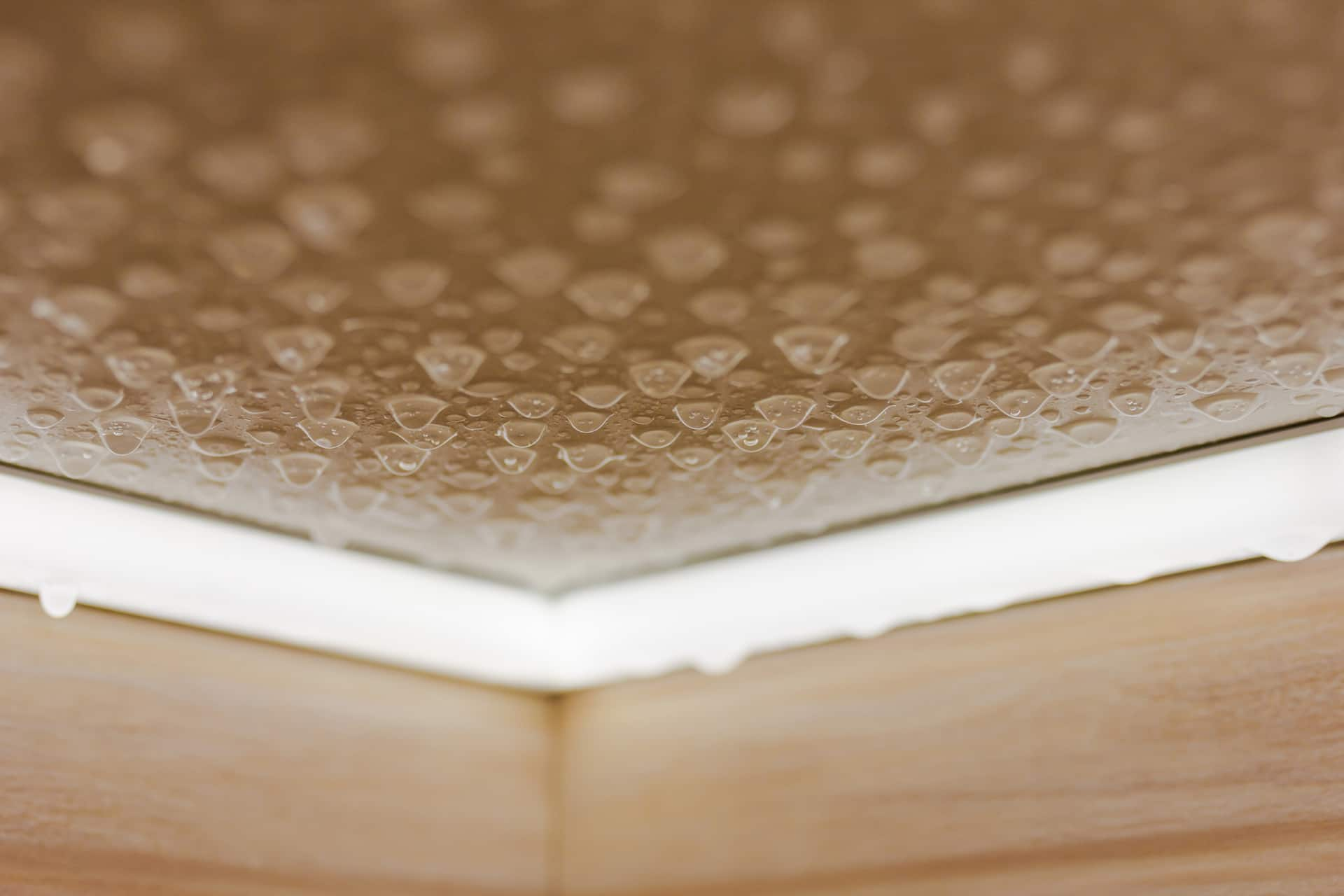Do's & Don'ts of Water Restoration.
Do's & Don'ts of Water Restoration.
Blog Article
How do you actually feel in regards to Ways to Reduce The Risk Of Fire And Water Damage?

Though water provides life, water invasion on parts where it's not expected to be can lead to damage. If the water saturates into your framework, it can peel away surfaces as well as erode the structure. Mold and also mildew likewise grow in a moist environment, which can be dangerous for your wellness. Houses with water damage scent old as well as mildewy.
Water can come from several sources such as tropical storms, floodings, burst pipes, leaks, and also drain concerns. In case you experience water damages, it would be excellent to know some safety preventative measures. Here are a couple of guidelines on just how to handle water damages.
Do Prioritize House Insurance Coverage Coverage
Water damage from flooding because of hefty winds is seasonal. You can also experience an abrupt flood when a defective pipeline suddenly ruptures right into your residence. It would be best to have home insurance coverage that covers both disasters such as all-natural disasters, and also emergency situations like broken plumbing.
Don't Fail To Remember to Switch Off Utilities
This reduces off power to your whole home, stopping electric shocks when water comes in as it is a conductor. Don't fail to remember to turn off the primary water line valve.
Do Remain Proactive as well as Heed Weather Condition Informs
Storm floods can be really unpredictable. If there is a history of flooding in your neighborhood, remain aggressive and also ready. Pay attention to emptying warnings if you live near a lake, river, or creek . Obtain valuables from the ground floor and also basement, then placed them on the highest possible level. Doing so minimizes prospective residential property damage.
Do Not Ignore the Roofing System
You can avoid rain damages if there are no openings and also leakages in your roofing system. This will avoid water from streaming down your wall surfaces and also saturating your ceiling.
Do Pay Attention to Small Leaks
A ruptured pipeline doesn't take place over night. You may discover bubbling paint, peeling off wallpaper, water touches, water spots, or leaking sounds behind the wall surfaces. Have your plumbing fixed before it results in huge damage.
Don't Panic in Case of a Burst Pipeline
Maintaining your clearheadedness is important in a time of crisis. Due to the fact that it will suppress you from acting quick, panicking will just intensify the problem. Timing is vital when it comes to water damages. The longer you wait, the more damages you can expect. Hence, if a pipe bursts in your residence, promptly turned off your major water valve to cut off the resource. Then disconnect all electrical outlets in the location or turn off the breaker for that part of the house. Lastly, call a trusted water damages remediation professional for support.
Water offers life, water breach on components where it's not intended to be can result in damage. Houses with water damages scent stuffy and old.
Water damage from flood dues to heavy winds is seasonal. You may observe gurgling paint, peeling wallpaper, water streaks, water spots, or trickling audios behind the wall surfaces. When it comes to water damage, timing is key.
Water Damage Do's and Don'ts
Do's
Always use rubber gloves to protect your hands & rubber boots to protect your feet and legs. Damage from water and bacteria growth can begin within hours. Call for professional help. Remove as much water as possible by mopping and blotting with sponges. Pull up wet rugs and carpets if hardwood floors are below. Lift draperies off the floor, loop through a coat hanger and place the hanger on the drapery rod. Wipe furniture, prop up wet furniture cushions for even drying and place aluminum foil under furniture legs. Move photos, paintings, art objects, computers, other electronics and valuables to a safe, dry location. Do not remove books from shelves. Pack them tightly to prevent page warping until a restoration professional can begin this specialized drying. Ventilate wet areas. Turn on air conditioning for faster drying in summer (only if there is no visible mold) and winter, alternate cycles of opened windows and heating. Also, open drawers, closets and cabinet doors to enhance drying. Don'ts
Do not enter rooms where there is wet and sagging ceiling! Do not enter a room with standing water until electricity has been turned off. Do not use a regular household vacuum to remove water. Use heat to dry closed building interiors. Mildew and more moisture damage can occur. Do not use electrical appliances while on wet carpet or flooring. Do not disturb visible mold. https://www.myknowledgebroker.com/blog/personal-insurance/water-damage-dos-and-donts/

I have been very fascinated with Fire And Water Damage Prevention and I hope you enjoyed reading my post. Sharing is nice. One never knows, you may be doing someone a favor. Thank-you for going through it.
Report this page